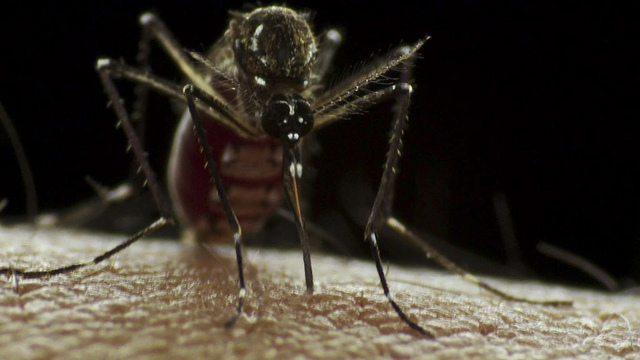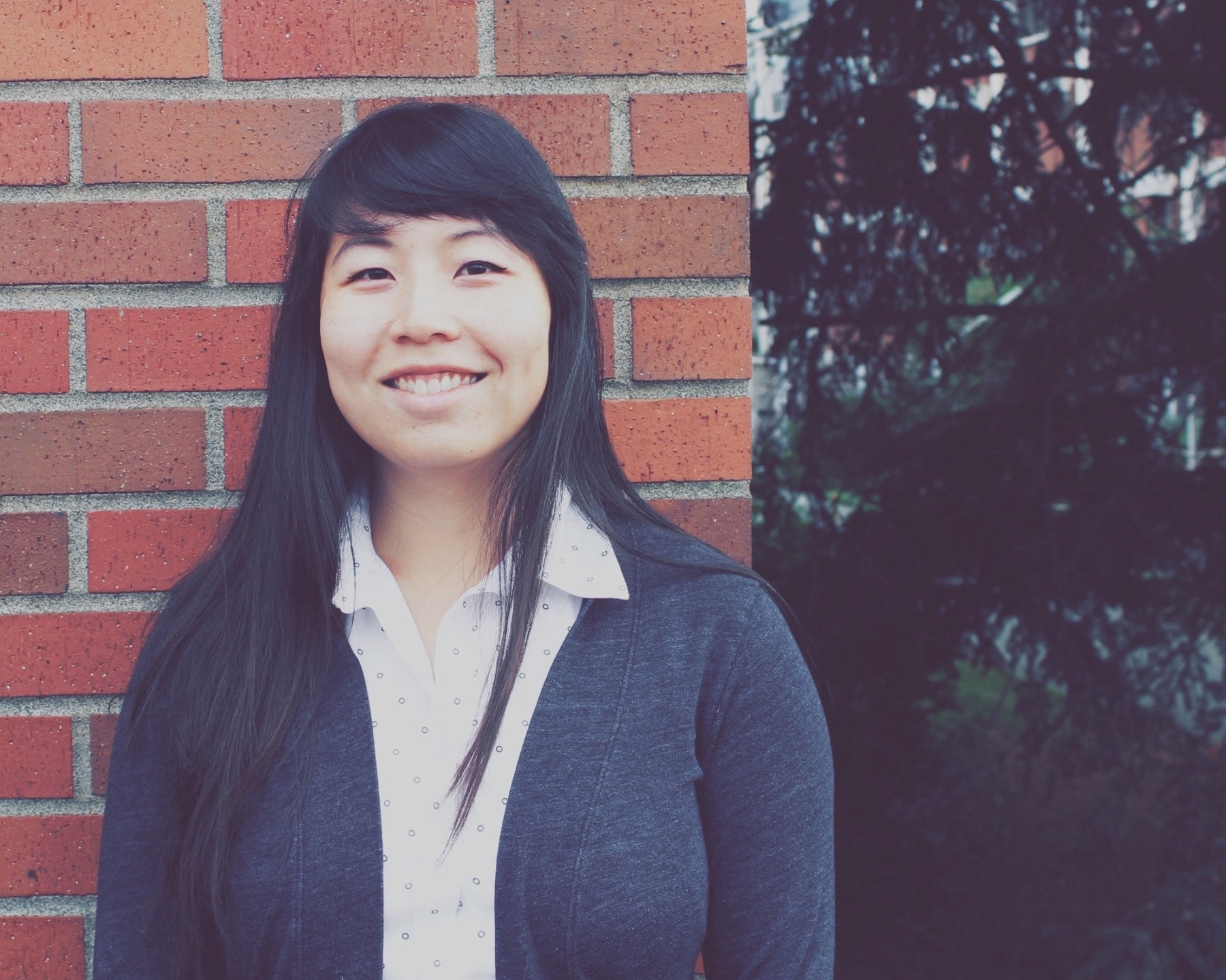
If a pregnant woman visits Miami next summer, how much risk of contracting the Zika virus will she face? What is the risk that rising oceans will put New York City’s streets under water by 2100? Is coffee more likely to benefit your health or to harm you? What factors predict whether a child will graduate from high school?
Risk is at the heart of many of the health, environmental, and science stories people care about most. People want to know how likely they are to be helped by a drug, contract a virus, get cancer, find themselves in the path of a hurricane, or experience a catastrophic earthquake—and they want to know how they can influence their odds. Sometimes risks and the ways of minimizing them come with concrete numbers—perhaps taking medication X decreases a person’s chances of dying from disease Y by Z percent. Other times, writing about risk is less straightforward. Stories often involve more abstract representations of risk, like whether a particular intervention improves happiness or whether using a smartphone affects a person’s attention span.
Clear, accurate, and thorough reporting should always be a journalist’s foremost goal. Those qualities are all the more crucial when writing about risk, because readers use the products of risk reporting to inform their own decision-making. Here are some tips to help you report on risk with precision and clarity.
Describe Risk in the Most Meaningful Way
Not all expressions of risk are equally easy to understand, and two equally accurate descriptions of a given risk can have very different psychological effects on readers.
Consider, for example, a 2012 study that found that women who suffer migraines were 40 percent more likely to develop multiple sclerosis (MS) than women who did not have migraines. That’s a description of what is known as relative risk: one group’s risk compared to another’s. But presenting only relative risk omits important context and can thereby make the stakes seem more extreme. A 40 percent increase in risk sounds like a lot. But consider the two groups’ absolute risk: their likelihood of developing MS in the first place. According to the 2012 study, about 32 in 10,000 women who don’t have migraines develop MS; for women who do have migraines, the absolute risk is about 47 in 10,000. When expressed in this way, the two groups’ difference in risk doesn’t seem as large.
Dispel Misconceptions
Science journalists can help orient readers by identifying popular misconceptions about issues and explaining what scientists actually know. For example, many consumers are understandably concerned about the safety of chemical food additives. Some food additives do pose known or suspected health threats. But public misunderstandings about chemicals in foods are common.
Reporters should remind readers that all foods contain chemicals, and that an unfamiliar chemical name doesn’t necessarily signal a health hazard.
In some cases, bloggers and other media figures have contributed to such misunderstandings. Vani Hari, who writes the blog Food Babe, is infamous for launching public campaigns against food additives. Hari argues that any chemical found in a non-food product should not be used in food. In 2014, she successfully petitioned the fast-food chain Subway to remove azodicarbonamide, a flour-whitening agent, from its bread, arguing that the chemical is unsafe because it is also found in yoga mats. But according to the FDA, azodicarbonamide is safe. Reporters should remind readers that all foods contain chemicals, and that an unfamiliar chemical name doesn’t necessarily signal a health hazard.
Turn on Your Bullshit Detector
In researching and reporting stories—even short news stories—make sure your bullshit detector is on. Be critical of where your information comes from and be alert to potential biases among your sources. When evaluating findings disseminated by corporations, in particular, it’s essential to evaluate claims carefully. Companies often sponsor research and report their findings via press releases rather than through peer-reviewed journal articles. Some even produce white papers that look like snazzier versions of academic papers. These white papers may contain statistics, graphs, or even original findings like a peer-reviewed paper, but beware: The ultimate goal of corporate white papers is to make the company’s own products or treatments look good.
To avoid being taken in, always check study authors’ affiliations and, when reading press releases, look for mention of what journal the study is published in. “Following the money is always useful,” says Olivia Solon, a freelance science and technology journalist who writes for The Guardian and Wired.
Solon recently wrote for Mosaic about the effects of children playing with smartphones and tablets, and while doing her research she came across many papers on the websites of e-learning tools and apps that were funded by the companies themselves. These papers, which were not peer-reviewed, typically reported more tech-friendly results. When Solon turned to sources that were not affiliated with children’s-app companies, she found a different story: There’s scant research-based evidence that children can learn from these apps.
Academic researchers and the organizations that support them also benefit from favorable press coverage.
Academics, too, have a stake in the game, as do academic journal publishers, meeting organizers, funding agencies, and university news offices. Sure, most academic scientists are primarily motivated by the quest for knowledge. But researchers and the organizations that support them also benefit from favorable press coverage. Be wary of researchers who push you to get the word out about their “exciting work,” and recognize that not all published research is necessarily good research—predatory and otherwise bogus journals abound. (For instance, Elsevier has a journal called Homeopathy among its offerings.)
Talk to Independent Experts
Talking with a variety of expert sources is a staple of high-quality science reporting, and for good reason—it’s an excellent way to get needed background, correct misconceptions, and refine your understanding of the big picture. This is especially important for stories that require a delicate touch, such as stories about the risk of an epidemic or the risks associated with a controversial medical treatment. “When there’s fear about stuff, you’ve got to be extra careful,” says Solon.
She recently came across a study showing how virtual reality games might reduce obesity, but she was wary of writing an article on the basis of just one study. So she sought comment from clinical experts who were not involved in the research, and they told her that the treatment would only be effective for a very small subset of patients. “Had I not spoken to them, I could have written a piece that made out that virtual reality would be a solution for obesity,” she says. “It was a good story, but there just wasn’t enough real evidence.” She decided to can the story.
Helen Branswell, an infectious-diseases and public health reporter at STAT, says she has a rolodex of epidemiologists, biologists, doctors, and other experts to turn to when she’s unsure about a new story. “You can call them up and ask, ‘Hey, does this seem real? What do you make of this?’”
Remember that you can (and should) get independent experts’ opinions on new studies or reports—even on those that are under a news embargo.
In addition to asking general questions, ask experts specific questions about research methods or statistical analyses you’re not familiar with, and check your own knowledge by asking experts if your understanding of the topic is accurate. For instance, you can try something like, “So, azodicarbonamide is found in both breads and yoga mats, but that’s fine? Why is that fine?” Questions like this can help you make sure your reporting is airtight, and they may even prompt your interviewer to reveal nuances or new information that further strengthen your understanding of the issue.
At the same time, Branswell cautions, beware the “science experts” who feel they can speak about anything under the sun. “Just because someone knows something about respiratory diseases doesn’t mean they’re the right person to talk to about antibiotic resistance,” she says.
Remember that you can (and should) get independent experts’ opinions on new studies or reports—even on those that are under a news embargo. Just be sure the expert understands the embargo and agrees to honor it. (Any organization or journal that forbids you from getting outside comment on a news story is one to be wary of.)
Be Clear about the Unknowns
Scientists shy away from using verbs like “prove” to describe their work. Reporters should, too. While readers may want definitive takeaways, stories about risk don’t always lend themselves to neat narratives. Sometimes the best reporting indicates what we don’t know—and then follows up with another story as the missing pieces fall into place. “It’s really important not to overstate; if the facts are uncertain, then you should convey that,” says Branswell. “We do readers a disservice if we portray things with too much certainty.”
With new discoveries made everyday, science news can change quickly. A few months ago, for example, epidemiologists thought the only mosquito species that carried the devastating Zika virus were Aedes aegypti and Aedes albopictus, and that men could infect female sexual partners, but not the reverse. New research has found that both these theories were incomplete, and that Zika may be even more spreadable than previously thought: Culex mosquitos, which are more commonly found than Aedes, can also carry Zika, and women can infect men. That earlier reports turned out to be incomplete is no fault of scientists or reporters, of course; it’s just the way science works.

Jane C. Hu is a TON fellow sponsored by the Burroughs Wellcome Fund. She is a freelance writer based in Seattle, Washington. Her favorite stories usually involve brains, animal cognition, language, or the intersection of science and society. Her work has appeared in Slate (where she was an AAAS Mass Media Fellow), The Atlantic, Nautilus, and other publications. You can find her on Twitter @jane_c_hu.


